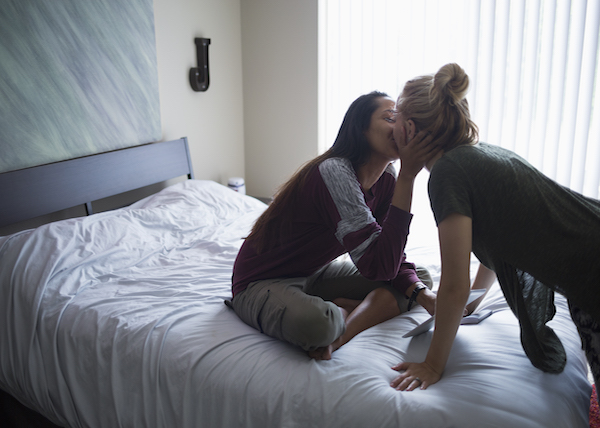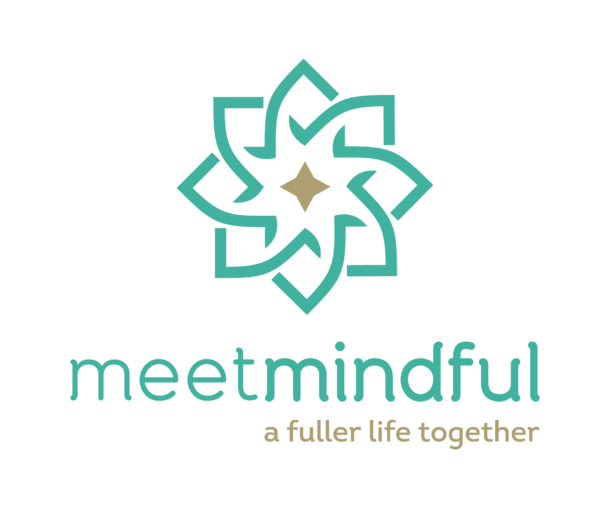The more we know about ourselves, the better we can show up for our partners. Learn about your attachment style and pave the way for more meaningful relationships.
When we’re dating, we tend to be looking for people to whom we feel drawn. We all know the phrase, “He’s just not my type,” but what does that actually mean? Most often it tends to relate to generalized style and interests:
- The clean-cut financier who enjoys fine wine and reads the WSJ
- The long-haired hippy-type who gardens and plays guitar
- The meditating spiritualist who loves travel
While all these “types” might be associated with characteristics we’re looking for in a partner they very well might not be. Underneath their Patagonia or Thrift-store score or Armani there are going to be just about as many uptight or gentle or introspective or affectionate types in each category.
That’s not to say that we don’t want to share our love of gardening or literature or travel with someone who’s going to tend to like the same stuff—it just means that when we look for a successful partnership, we need to look for something more than “type” in this regard. We need to pay attention to attachment styles.
Attachment styles are patterns of connecting that are a combo of nature and nurture. In the book Attached, Amir Levine and Rachel Heller discuss how our ancestors’ histories led them to develop styles of relating to close others in different ways. If your ancestors evolved in a relatively safe place, they probably developed a tendency toward close, connected relationships. If they developed in a harsh and dangerous environment, it made more sense to develop a tendency toward independence and self-reliance. This developed genetic tendency, combined with the parenting styles and early experiences to which you were exposed, to form your attachment style.
The three basic styles of attachment are secure, anxious and avoidant.
Securely
Securely attached folks enjoy and feel comfortable with closeness. They can tolerate some conflict and distance relatively well and tend to stay in touch with their ability to bridge the conflict/distance and stay in connected communication.
Anxiously
Anxiously attached folks tend to need a lot of connection and closeness to feel secure. They feel comfortable with intimacy and can be very sensitive to a partner’s changing moods or need for space.
Avoidantly
Avoidantly attached people feel less comfortable with a lot of intimacy and need a lot of space. They tend to react to a partner’s need for intimacy by withdrawing.
To find out what kind of attachment style you are, you can take the quiz here.
In my experience, most people are a combination of attachment styles, but most of us also have a predominant type. When you know your type it can help you understand from what kind of partner you’re going to most easily get your needs met. Intimacy needs are most easily met by securely attached folks; but if you happen not to be securely attached (or you happen to be dating or in a partnership with someone who’s not), you can use the information about attachment styles to have a smoother, more successful relationship.
The thing about attachment styles is that they don’t change much throughout a person’s life. Similar to general personality tendencies, we work with what we’ve got. By increasing awareness of our particular styles, we give ourselves a better chance of having more choice over how we want to “do” relationships.
For example, I have a client who has a secure attachment style but he’s with an avoidantly attached woman. He’s been trying to understand why she doesn’t seem to be as proactive in making time for the two of them to be together and has been thinking she’s not as into him as he is into her. After learning more about attachment and talking with her about it they understand each other better. He doesn’t take it personally when she wants more time away than he’d like, and she is working on being more direct about her needs.
When we understand more about why we feel and act the way we do, we have a better chance of not being marionettes for our fears to control. We can choose to communicate what we need. We can relax our defenses. We can be in an alive, dynamic relationship.
[image: via K on flickr]











